Gongpyeongdong Kkomjangeo (공평동꼼장어)
4.2Km 2021-03-26
29, Ujeongguk-ro, Jongno-gu, Seoul
+82-2-738-1769
It is a place where you can eat in the atmosphere of a cart bar that is often featured in Korean dramas. The best menu at this restaurant is grilled sea eel. This Korean dishes restaurant is located in Jongno-gu, Seoul.
Jjukkumiwa Maeungalbijjim(쭈꾸미와매운갈비찜)
4.2Km 2021-04-15
25-1, Mareunnae-ro, 2-gil, Jung-gu, Seoul
+82-2-2266-3208
The favorite store of office workers. The representative menu is braised short rib set menu. This Korean cuisine is located near Chungmuro Station, Seoul.
Allsso (올쏘)
4.2Km 2021-08-26
30, Jong-ro, 14-gil, Jongno-gu, Seoul
+82-2-722-9222
A barbecue specialty restaurant located in Cheonggyecheon Stream, Seoul. A Korean BBQ restaurant. The most famous menu is grilled beef.
KYUNGBOKKUNG(경복궁)
4.2Km 2020-10-29
65, Jong-ro, Jongno-gu, Seoul
+82-2-722-2004
This Korean cuisine is located near Jonggak Station, Seoul. The representative menu is grilled Korean beef sirloin. Assorted specials include loin, flank steak, and top blade of beef for barbecue.
Honghwa Jokbal Bindaetteok (홍화족발빈대떡)
4.2Km 2021-03-26
65, Jong-ro, Jongno-gu, Seoul
+82-2-723-0614
A great place for group dinners and gatherings. This restaurant's signature menu is braised pigs' feet. This Korean dishes restaurant is located in Jongno-gu, Seoul.
CheongKwanJang - Jonggak Station Branch [Tax Refund Shop] (정관장 종각역)
4.2Km 2024-04-22
#102, 95, Sambong-ro, Jongno-gu, Seoul
-
CheongKwanJang - Euljiro Branch [Tax Refund Shop] (정관장 을지로)
4.2Km 2024-04-18
1F, 103, Eulji-ro, Jung-gu, Seoul
-
JDX - Yeongdeungpo Branch [Tax Refund Shop] (JDX 영등포)
4.2Km 2024-04-18
JDX Bldg., 9, Beodeunaru-ro 14-gil, Yeongdeungpo-gu, Seoul
-
GRANDHAND. Seochon (그랑핸드 서촌)
4.2Km 2023-08-21
14-2, Jahamun-ro 4-gil, Jongno-gu, Seoul
Lauched in 2014 at a small hanok in Bukchon Hanok Village, Korea perfume brand now has six stores around Seoul as well as a cafe brand KOMFORTABLE. With no adversements or online sales, GRANDHAND has preserved its roots for over 7 years. GRANDHAND. Seochon located between Gyeongbokgung Palace and various art museums has customers of all ages and nationalities.
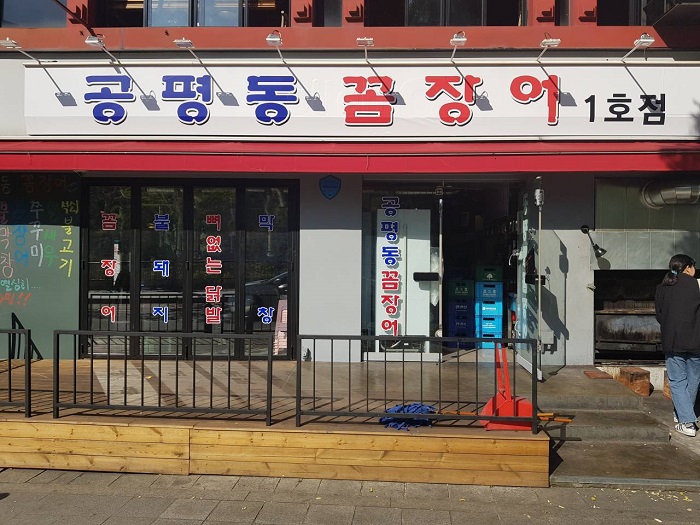
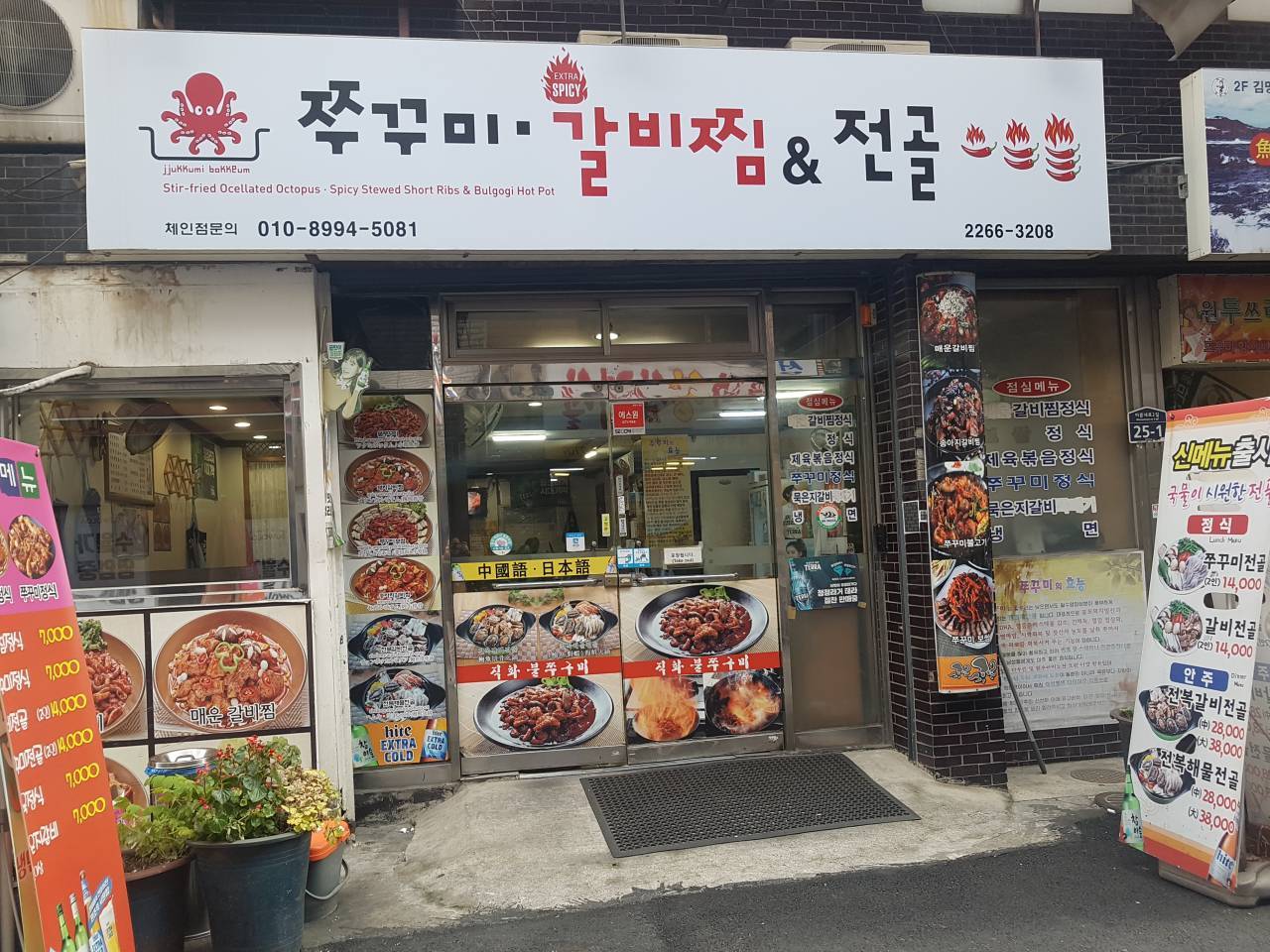
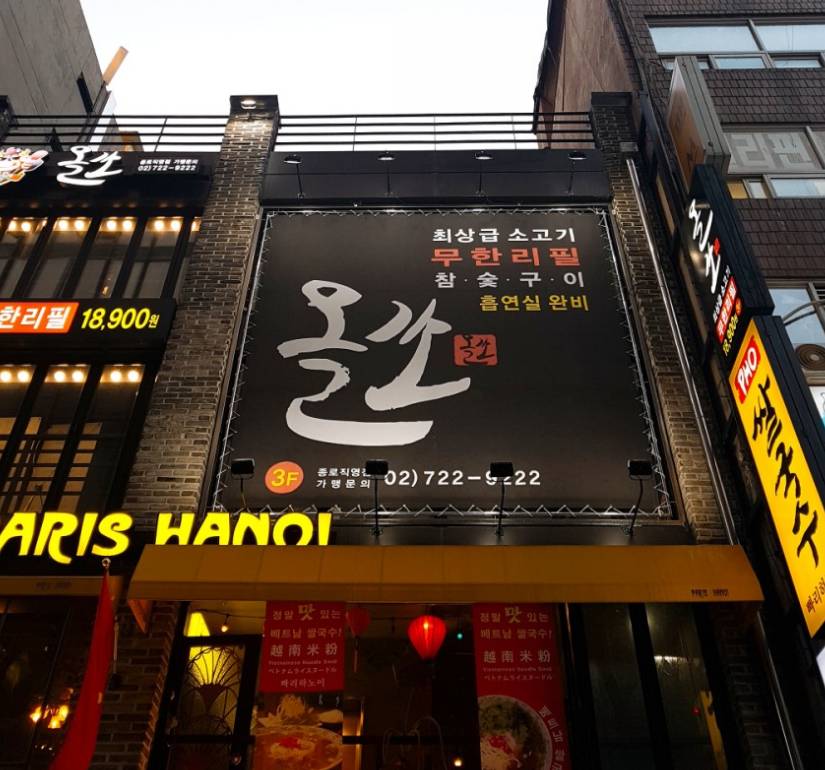

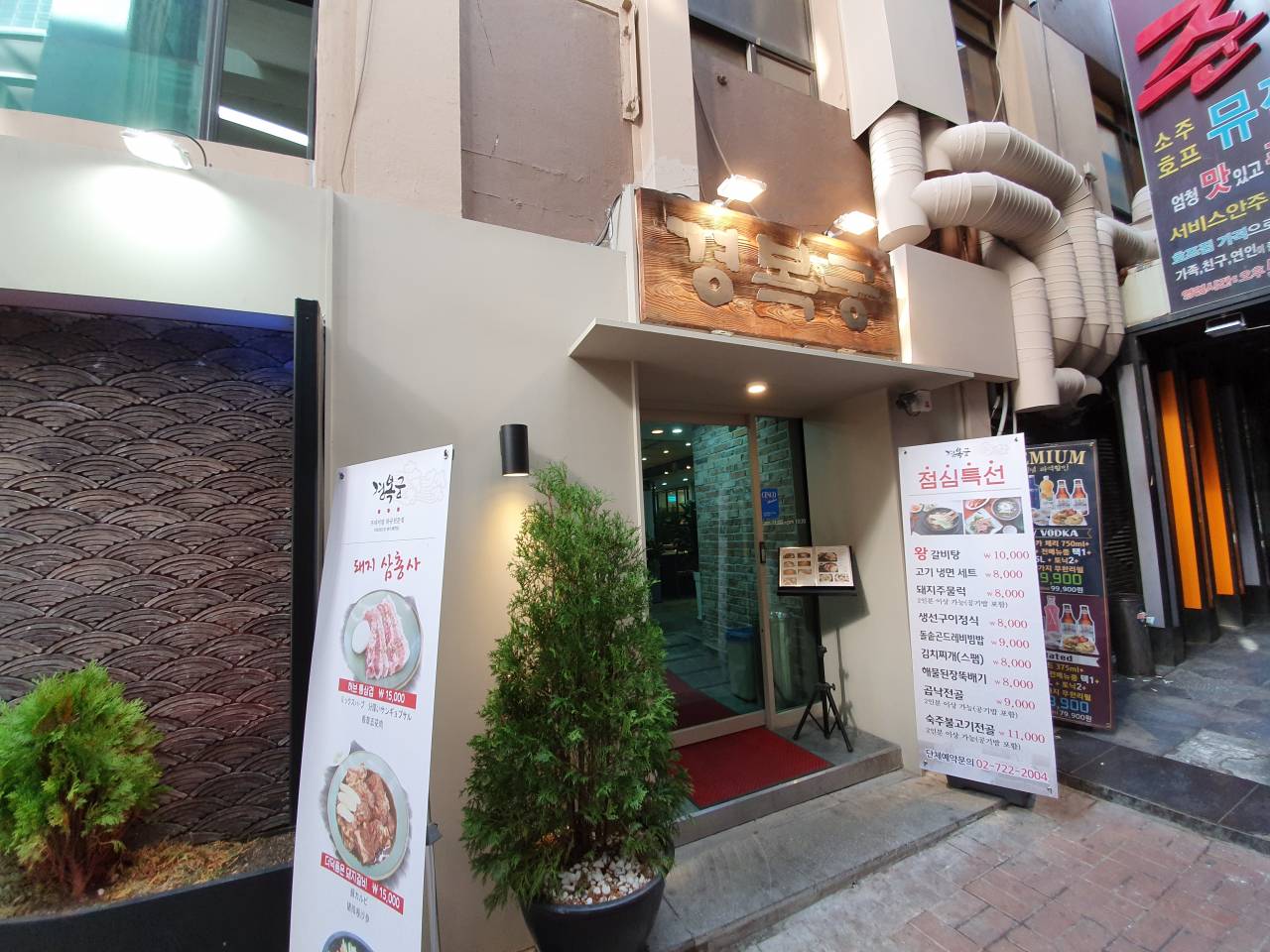
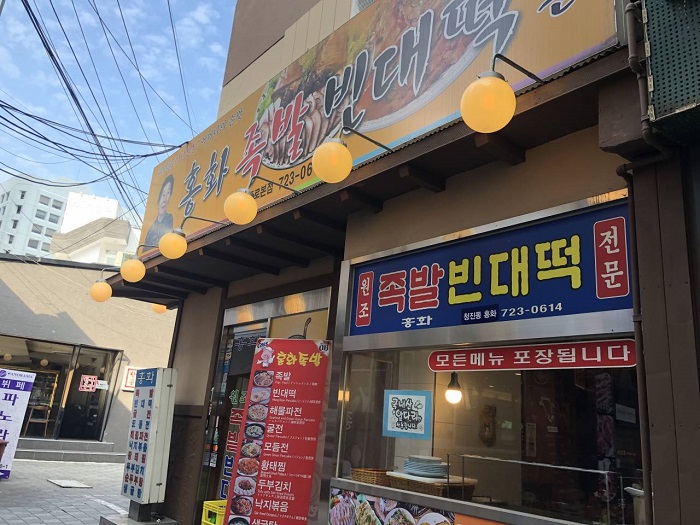
![CheongKwanJang - Jonggak Station Branch [Tax Refund Shop] (정관장 종각역)](http://tong.visitkorea.or.kr/cms/resource/13/2878213_image2_1.jpg)
![CheongKwanJang - Euljiro Branch [Tax Refund Shop] (정관장 을지로)](http://tong.visitkorea.or.kr/cms/resource/59/2878659_image2_1.jpg)
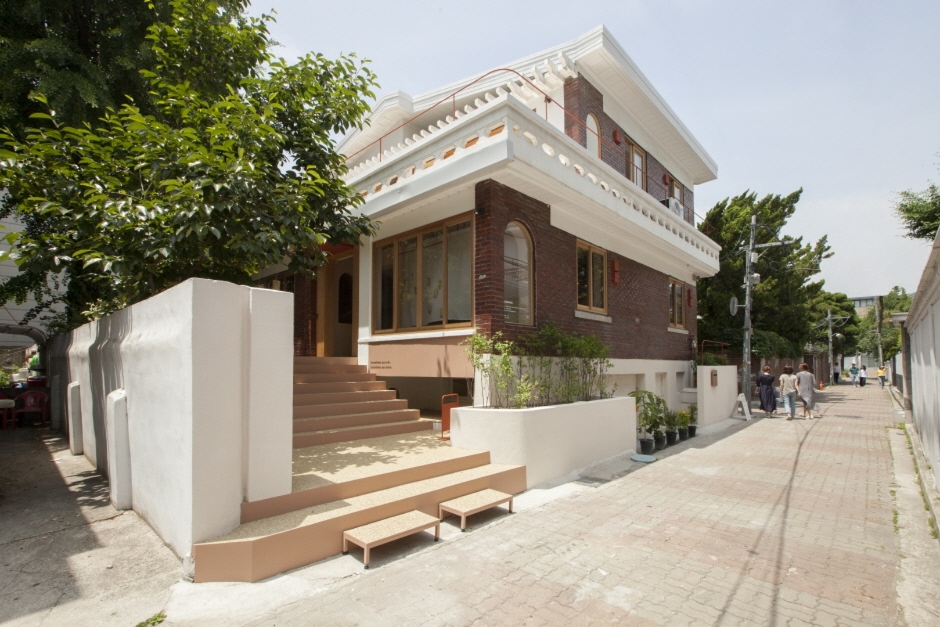
 English
English
 한국어
한국어 日本語
日本語 中文(简体)
中文(简体) Deutsch
Deutsch Français
Français Español
Español Русский
Русский